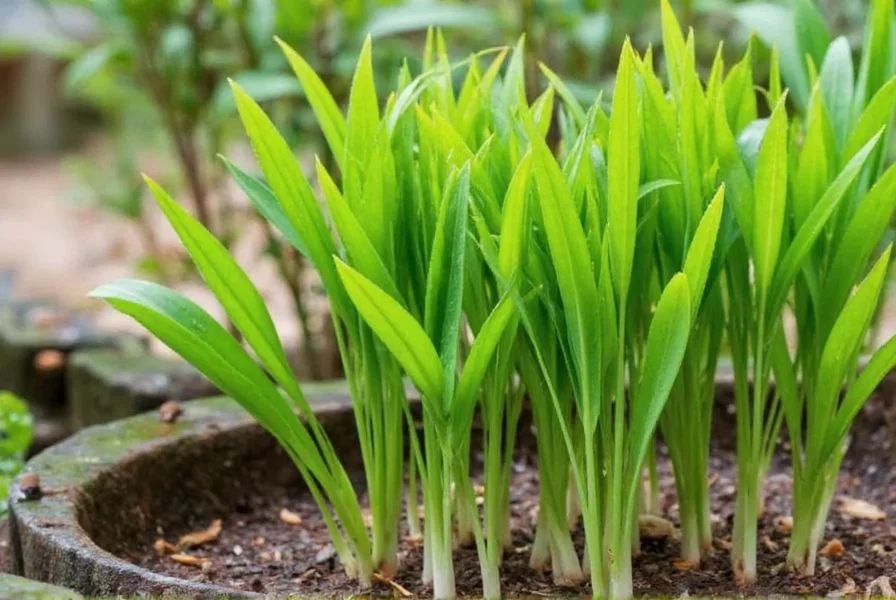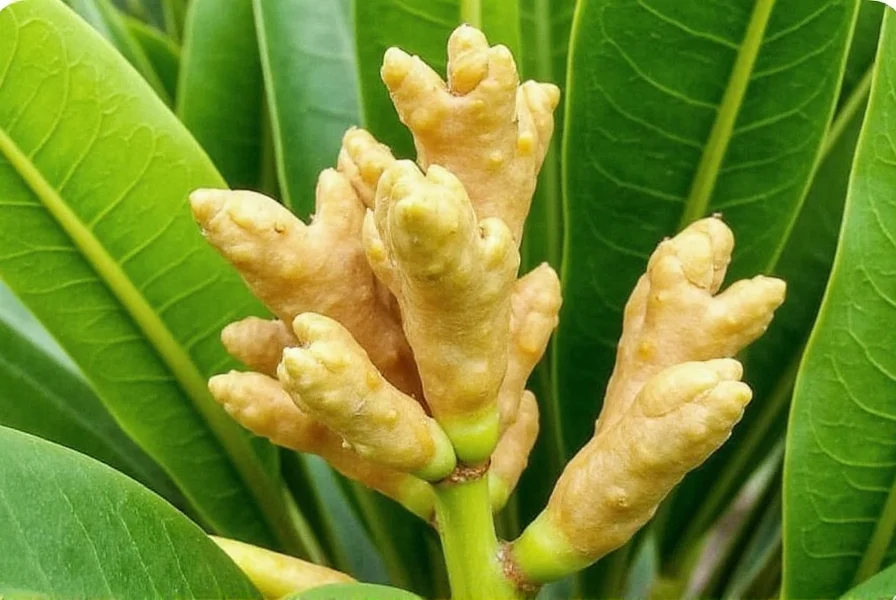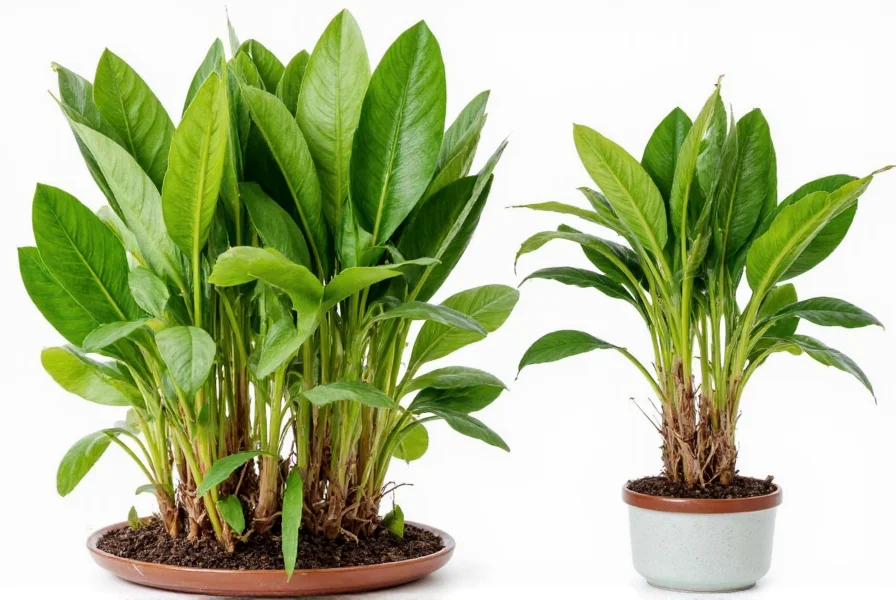Understanding Ginger Plant Biology for Successful Cultivation
Ginger (Zingiber officinale) is a tropical perennial plant grown for its aromatic rhizomes. Unlike true roots, these underground stems store nutrients and produce both roots downward and shoots upward. Understanding this biological structure explains why proper planting orientation matters—growth buds (eyes) must face upward to ensure successful sprouting. Ginger thrives in USDA hardiness zones 9-12 but can be grown indoors in containers anywhere with appropriate light and humidity conditions.
Optimal Growing Conditions for Ginger Plants
Creating the right environment determines whether your ginger plants will thrive or struggle. Temperature, light, and soil composition work together to support healthy rhizome development.
| Condition | Optimal Range | Critical Notes |
|---|---|---|
| Temperature | 75-85°F (24-29°C) | Avoid temperatures below 50°F (10°C) which cause dormancy |
| Light Exposure | Filtered sunlight or partial shade | Direct afternoon sun scorches leaves; morning sun preferred |
| Soil pH | 5.5-6.5 (slightly acidic) | Test soil before planting; amend with sulfur if too alkaline |
| Soil Composition | Loamy with high organic matter | Mix in 30% compost; avoid heavy clay soils that retain water |
Step-by-Step Guide to Planting Ginger Rhizomes
Select plump, firm ginger rhizomes with multiple visible growth buds from your local market or nursery. Look for pieces approximately 1-2 inches long with healthy buds. Soak rhizomes in water overnight to stimulate growth before planting. Fill containers with at least 12 inches of depth with your prepared soil mix, leaving 2-3 inches below the rim. Place rhizomes horizontally with growth buds facing upward, covering with 1-2 inches of soil. Water thoroughly until moist but not saturated.

Essential Care Practices for Healthy Ginger Growth
Maintain consistent moisture levels throughout the growing season—ginger plants require approximately 1-2 inches of water weekly. During dry periods, increase watering frequency but ensure proper drainage to prevent root rot. Apply a balanced organic fertilizer every 4-6 weeks, focusing on nitrogen during early growth and potassium as rhizomes develop. Mulch with 2-3 inches of organic material to retain moisture and regulate soil temperature. In container gardening, choose pots with multiple drainage holes and monitor soil moisture daily during hot weather.
Harvesting Ginger: Timing and Techniques
You can begin harvesting ginger at different stages depending on your needs. For young "spring ginger" with tender skin and mild flavor, carefully dig around the edges of the plant after 4-6 months and harvest small sections. For mature ginger with full flavor and thicker skin, wait 8-10 months until the leaves begin to yellow and die back. Cut back the foliage, then carefully dig up the entire rhizome cluster. Clean gently with a soft brush under running water—avoid scrubbing which damages the delicate skin. Allow harvested ginger to air dry for 24-48 hours before storing in a cool, dark place.

Troubleshooting Common Ginger Plant Problems
Yellowing leaves often indicate overwatering or poor drainage—reduce watering frequency and check soil composition. Brown leaf tips typically result from low humidity; increase moisture around plants through misting or pebble trays. If growth appears stunted, test soil nutrients and consider adding balanced fertilizer. Root rot, characterized by mushy, discolored rhizomes, requires immediate action: remove affected sections, improve drainage, and reduce watering. For pest control, spray aphids or spider mites with insecticidal soap solution rather than harsh chemicals that affect edible crops.
Extending Your Ginger Growing Season
In cooler climates, grow ginger in containers that you can move indoors when temperatures drop below 50°F. Choose dwarf varieties like 'Baby' or 'Australian Black' for container gardening success. During winter dormancy, reduce watering significantly and store containers in a cool, dark location. Resume regular watering when new growth appears in spring. For continuous harvest, stagger plantings every 4-6 weeks during the growing season to ensure a steady supply of fresh ginger.
Frequently Asked Questions About Growing Ginger Plants
How long does it take for ginger to grow from planting to harvest?
Ginger requires 8-10 months to reach full maturity for a complete harvest. However, you can begin harvesting small amounts after 4-6 months for fresh culinary use, known as "spring ginger." The plant signals readiness for full harvest when the leaves turn yellow and begin to die back.
Can I grow ginger indoors successfully?
Yes, ginger grows well indoors when provided with warm temperatures (75-85°F), high humidity, and bright indirect light. Use containers with excellent drainage, maintain consistent soil moisture, and increase humidity through regular misting or a pebble tray. Indoor ginger typically grows more slowly than outdoor plants but produces usable rhizomes within 8-10 months.
Why are my ginger plant leaves turning yellow?
Yellowing ginger leaves usually indicate overwatering or poor drainage. Check soil moisture—ginger needs consistently moist but not waterlogged conditions. Ensure your container has adequate drainage holes and your soil mix contains sufficient organic matter for proper aeration. In some cases, yellowing occurs naturally as the plant approaches harvest time after 8-10 months of growth.
What's the best way to store harvested ginger?
Store harvested ginger in a cool, dark place with good air circulation after allowing it to dry for 24-48 hours. For short-term storage (2-3 weeks), keep unpeeled ginger in the refrigerator crisper drawer. For longer storage, freeze peeled ginger pieces in an airtight container or preserve in vinegar. Properly stored mature ginger can last 3-4 weeks at room temperature or up to 3 months refrigerated.











 浙公网安备
33010002000092号
浙公网安备
33010002000092号 浙B2-20120091-4
浙B2-20120091-4